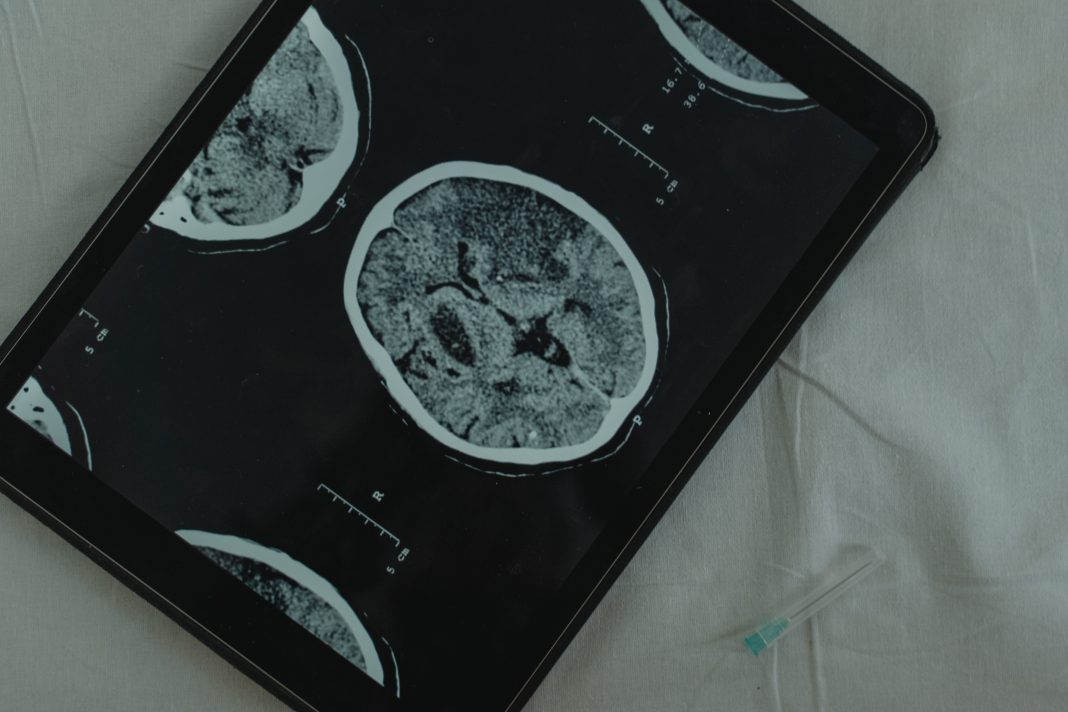“Large-scale collaboration is crucial in the battle against cancer”
Emil Schuler, Assistant Professor at the Department of Radiation Physics, Division of Radiation Oncology of The University of Texas MD Anderson Cancer Center (MDACC), at the invitation of the UT Austin Portugal Program delivered a seminar on “New methods in Radiotherapy”, that took place online on May 13th. This seminar happened as a part of the 2021 Biomedical Engineering Advanced Course at the University of Coimbra, coordinated by Professor Maria Filomena Botelho, Director of the Biophysics Institute of the Faculty of Medicine. The seminar was designed for physicians, physical and biomedical engineers, physicists, medical physicists, researchers and students.
What is FLASH radiotherapy?
In the fight against cancer, many new therapies are emerging, being one of them – FLASH radiotherapy. During this seminar, Emil Schuler explained that this new therapy consists in “the use of ultra-fast delivery of radiotherapy at dose rates generally several thousand times higher than the ones currently used in routine clinical practice.” He continues, showing that this definition “is based on the dose rate needed to induce what we call the FLASH effect, which is the sparing of normal tissue when delivering radiation with FLASH dose rates, compared to conventional dose rates.” Nevertheless, field experts are still learning more about what is needed to achieve the FLASH effect in different tissues and organs, and that in the near future they will be able to better define what constitutes FLASH radiotherapy.
Although these developments are only at their beginning, the University of Texas Professor explains that “the FLASH effect has been shown to be a very strong and reproducible effect as it has been seen either iso-effective or improved tumor responses with FLASH”, hoping that the data that they see in the current preclinical studies can be translated to the clinical setting.
What are the challenges?
Like in any advanced therapy, FLASH radiotherapy also brings some challenges, such as the difficulty in finding the adequate/minimum FLASH dose, whether it can treat tumors other than superficial skin tumors, and the need to conduct larger patient trials. In the end, there is still a lot of work left to do before it is possible to bring FLASH radiotherapy to the standard radiotherapy setting.
 Professor Schuler concluded by highlighting that “large-scale national and international collaboration is crucial in the battle against cancer. This holds true both when it comes to basic, translational, and clinical research. Pooled resources, transparency in the research, and close collaborative efforts towards common goals is the way that we are eventually going to be successful in our battle against cancer.”
Professor Schuler concluded by highlighting that “large-scale national and international collaboration is crucial in the battle against cancer. This holds true both when it comes to basic, translational, and clinical research. Pooled resources, transparency in the research, and close collaborative efforts towards common goals is the way that we are eventually going to be successful in our battle against cancer.”
The moderator of this event, Maria Filomena Botelho enhanced the importance of Emil Schuler’s presentation, showing a new and innovative technique. “The course includes the study of the physical bases and clinical applications of several biomedical diagnostic and/or therapeutic techniques, (…) so the seminar was fully integrated in this learning cycle.”
Medical Physics within the UT Austin Portugal Program
Professor Maria Botelho has been collaborating with the UT Austin Portugal Program since 2019 and reports that “this profitable collaboration helped us improve our capacity of both teaching and learning as well as widened networking opportunities on the scope of medical physics.” She hopes “that this fruitful collaboration becomes more consolidated through research projects.”
Medical Physics is one of the UT Austin Portugal Program’s five areas of knowledge, which aims to promote new joint ventures between UT’s MD Anderson Cancer Center and Portuguese universities and research groups in Medical Physics, proton therapies, and radiation oncology. The goal is to significantly benefit the international community with new technologies related to groundbreaking cancer therapy and to boost oncology radiology experts’ advanced training.

